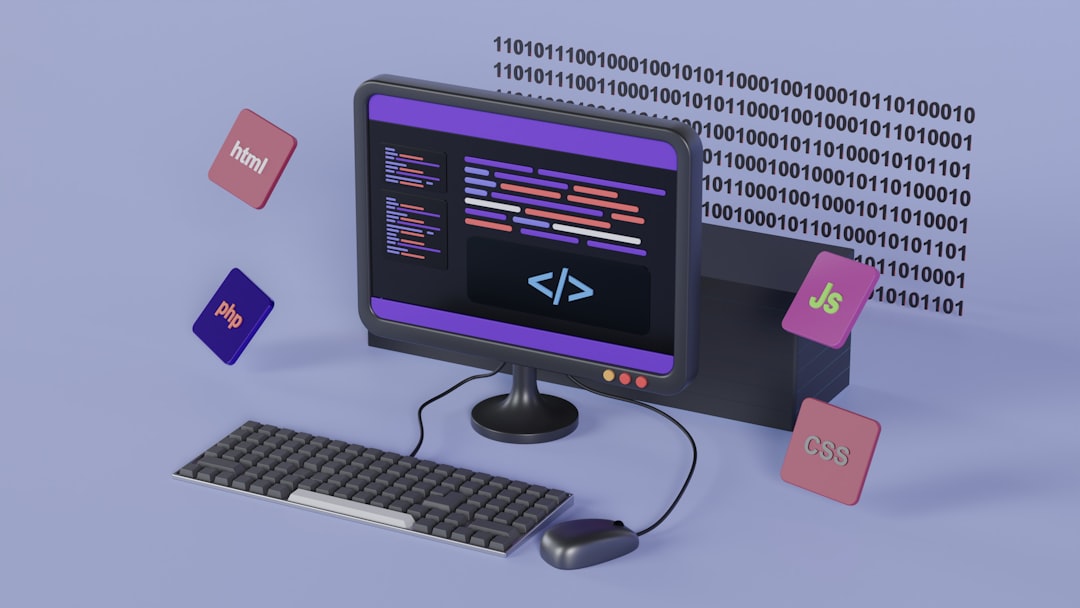
Advanced Programming Techniques for Efficient Repository Management Systems
In the ever-evolving landscape of software development, efficient repository management is critical. This article delves into advanced programming techniques that can significantly enhance the management of repositories, ensuring that teams maintain optimal workflows while minimizing errors and maximizing productivity.
Understanding Repository Management Systems
Repository management systems (RMS) play a vital role in organizing and maintaining source code, documentation, and dependencies. They facilitate collaboration among developers by providing tools for version control, issue tracking, and continuous integration. Understanding how to leverage advanced programming techniques within these systems can drive efficiency and improve overall project outcomes.
1. Automation through CI/CD Pipelines
Continuous Integration (CI) and Continuous Deployment (CD) are essential practices in modern development. By automating the build, test, and deployment processes, teams can focus on writing code rather than managing releases. Implementing CI/CD pipelines reduces manual intervention, leading to fewer errors and quicker iterations.
Example of a Basic CI/CD Pipeline
# Sample CI/CD pipeline configuration using GitHub Actions
name: CI/CD Pipeline
on:
push:
branches:
- main
jobs:
build:
runs-on: ubuntu-latest
steps:
- name: Checkout code
uses: actions/checkout@v2
- name: Set up Node.js
uses: actions/setup-node@v2
with:
node-version: '14'
- name: Install dependencies
run: npm install
- name: Run tests
run: npm test
- name: Deploy to production
run: npm run deploy2. Utilizing Git Hooks for Custom Workflows
Git hooks allow developers to trigger custom scripts at various points in the Git lifecycle. This technique can enforce coding standards, run tests before commits, and automate notifications to team members. By implementing pre-commit and post-commit hooks, teams can significantly reduce the chances of introducing bugs into the codebase.
Implementing a Pre-commit Hook
# Sample script for a pre-commit hook to run tests
#!/bin/bash
npm test
if [ $? -ne 0 ]; then
echo "Tests failed. Commit aborted."
exit 1
fi3. Dependency Management and Package Versioning
Managing dependencies effectively is crucial for maintaining a stable application. Advanced techniques in dependency management involve using tools like npm (Node.js), pip (Python), or Maven (Java) to specify package versions explicitly. This practice ensures that builds remain consistent across environments, minimizing the risk of introducing breaking changes.
Semantic Versioning (SemVer)
Using Semantic Versioning (SemVer) is a widely accepted method for versioning packages. This technique helps developers understand the level of changes that have occurred based on version numbers (e.g., major, minor, patch).
4. Leveraging Containerization for Consistency
Containerization technologies like Docker can help ensure that applications run consistently across different environments. By packaging applications along with their dependencies into containers, teams can avoid “it works on my machine” problems. This approach also streamlines the deployment process, allowing for rapid scaling and versioning.
Dockerfile Example
# Sample Dockerfile for a Node.js application
FROM node:14
WORKDIR /app
COPY package*.json ./
RUN npm install
COPY . .
EXPOSE 3000
CMD ["npm", "start"]5. Monitoring and Analytics Integration
Incorporating monitoring tools can provide insights into repository usage and performance. By integrating analytics into the development workflow, teams can identify bottlenecks, track code quality, and assess team productivity. Tools like Prometheus or Grafana can visualize these metrics, allowing for informed decision-making.
Current Developments and Emerging Trends
The landscape of repository management is continuously evolving. Emerging trends such as GitOps and serverless architecture are reshaping how teams approach deployment and version control. GitOps, for instance, emphasizes using Git as a single source of truth for declarative infrastructure and applications, promoting better collaboration and visibility.
Conclusion
Advanced programming techniques for efficient repository management systems are vital to enhancing productivity and streamlining workflows. By adopting practices like CI/CD automation, utilizing Git hooks, managing dependencies effectively, leveraging containerization, and integrating monitoring tools, development teams can optimize their repository management processes.
For further reading, consider exploring resources such as:
- GitHub Actions Documentation
- Docker Official Documentation
- Semantic Versioning Guide
- CI/CD Best Practices
Embrace these advanced techniques to elevate your repository management strategies and keep pace with the dynamic demands of software development.
For those interested in diving deeper into these topics, subscribing to newsletters related to DevOps and repository management can provide valuable updates and insights. Share this article with your peers and start implementing these techniques today!


